Search
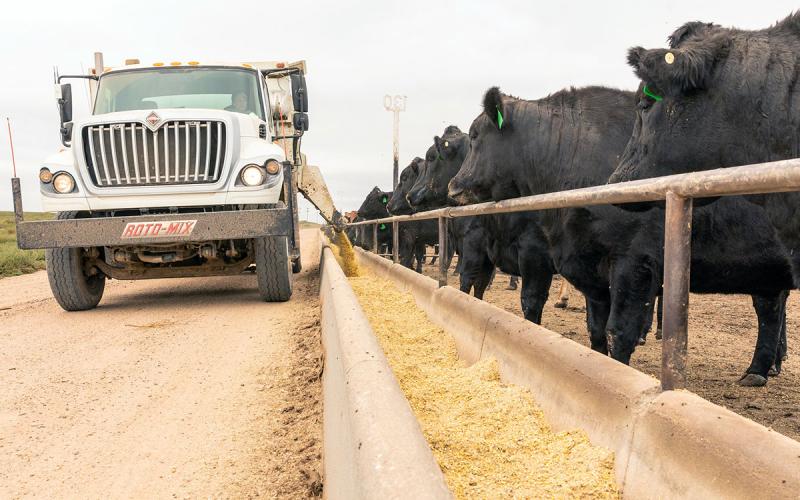
How Protein Source Affects Protein Metabolism in Ruminants
While it is common to balance beef cattle diets based on the crude protein system, it does not paint an accurate picture of what is occurring inside the animal, leading to gaps in nutrition and economic losses.

Bud Box vs. Round Tub Systems
Cattle working systems have evolved, giving producers more options than ever before. Two of the most popular designs today are the bud box and the round tub.
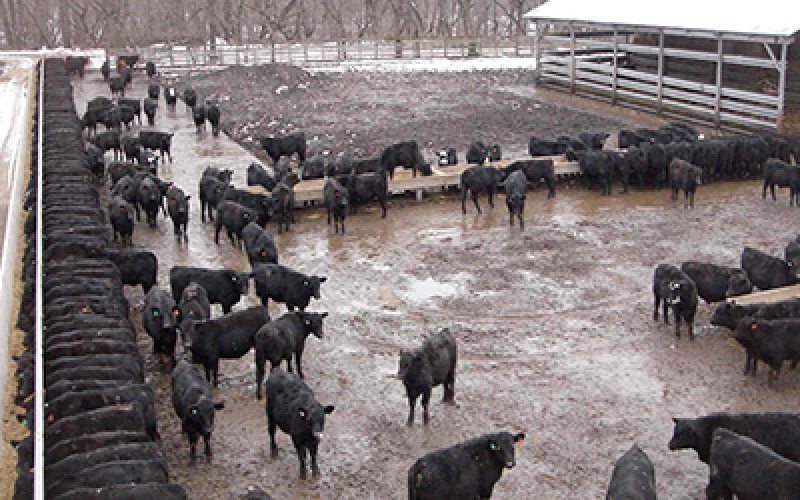
How Much Meat Can You Expect from a Fed Steer?
The yield of edible meat from a beef carcass often comes as a bit of a surprise, even to those that have had their own meat processed for years. A previous article covered dressing percent—the percent of the live animal weight that becomes carcass weight, which for fed beef is usually around 62-64%. In other words, from a 1200 pound steer, you can expect a 740 – 770 pound carcass.
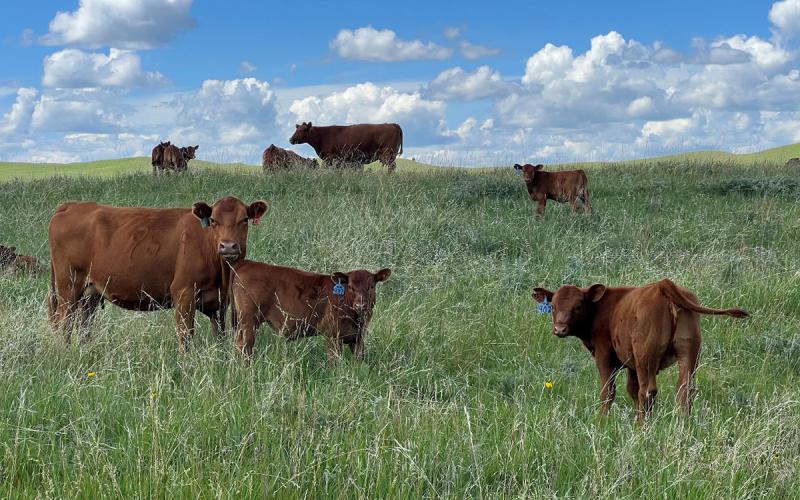
Summer Pasture Report: Discussing Rain, Pasture Recovery, and Preparing for Fall
Drought conditions across northern South Dakota have seen some relief due to the precipitation received in the past few months. Despite some decent rainfall occurring, most of the state is still behind normal for the water year.
Spring Storm Fronts Impact Calving Patterns
While the changes in calving patterns in association with weather fronts is nothing new to producers, it is beneficial to keep this in mind as calving season shifts into high gear. Cold fronts are the type of weather systems that will create the pressure and temperature changes associated with increased birth rates.

A Disaster-Ready Strategy for Cattle Operations
Cattle producers can minimize risk and maximize resilience. Having a written emergency action plan and routine exercise of the plan helps ensure animal welfare and business continuity.
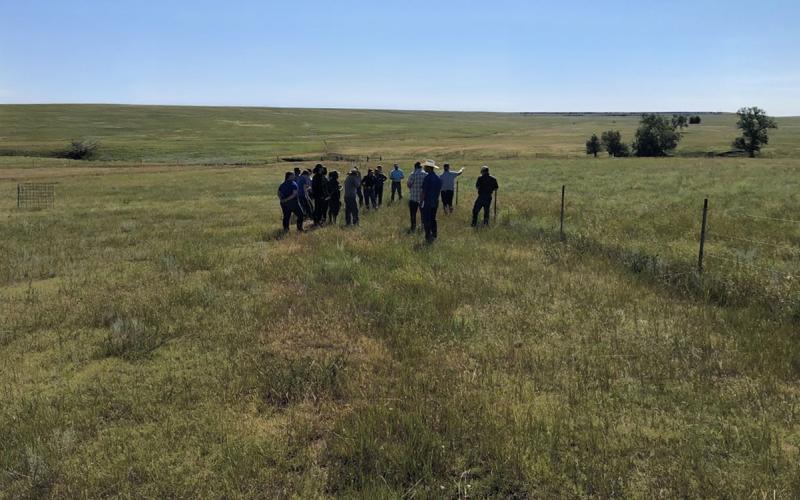
Systems Thinking for Agriculture: A tool for addressing complex ranch problems
A systems approach to management encourages producers to take multiple factors into consideration to solve problems within their agricultural operation.

Coccidiosis in Lambs
Coccidiosis in lambs is a significant health concern that requires prompt recognition and treatment to minimize its impact. It primarily impacts young lambs, leading to severe gastrointestinal distress and potential economic losses for sheep producers.

Fair Season Biosecurity
Fairs are a big part of youth livestock programs, but they come with a responsibility to care for animals the right way. With a few extra steps, you’ll be doing your part to keep your animals, your barn, and your community healthy, now and for the seasons to come.
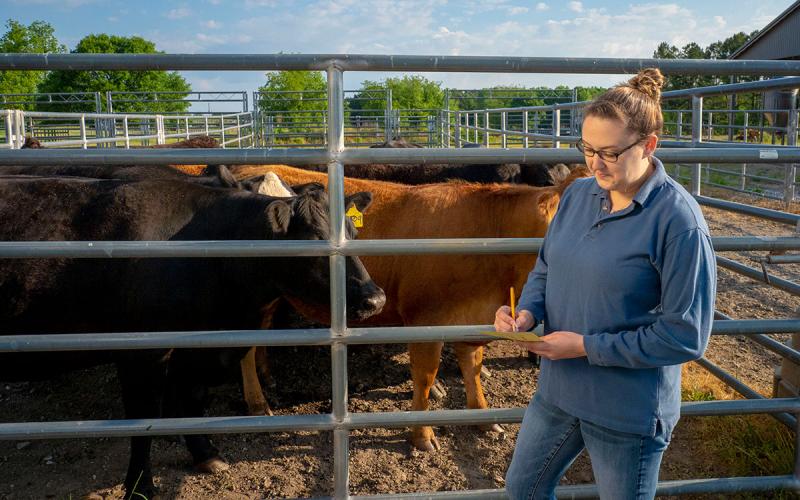
Receiving Management Matters
There are multiple factors that influence cattle help during transportation and receiving. Proper management during these events can avoid negative implications to health and performance.